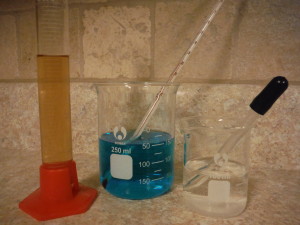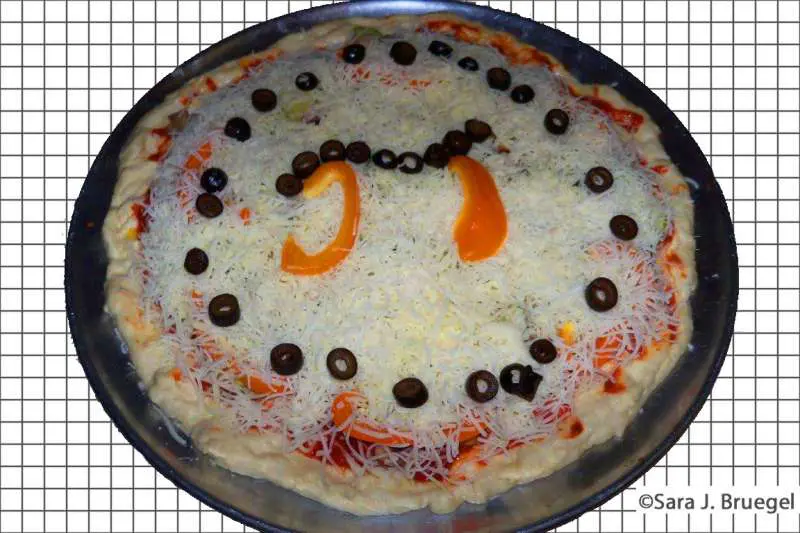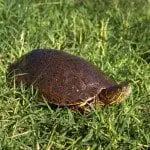After years of waiting, dreaming, and planning, the long-awaited day had finally come – and it was remarkable! That day was better than I could have imagined, and one day I’ll probably remember for the rest of my life. That day happened one year ago. It was “Pi-Day” 2015 – that is March 14, 2015 or 3/14/15 like the mathematical constant, Pi, which is 3.1415 and is used in calculations involving circles and curves. I like to celebrate “Pi Day” on March 14th (3-14) every year, but since “15” is the next set of numbers, March 14, 2015 (3/14/15) matches up with more of the digits of Pi (read last year’s article on Pi Day here). Because of that, it was a day I had been looking forward to for years, and trying to figure out what I wanted to do to celebrate such an occasion. I was thrilled that it ended up being the day of my brother’s home-town wedding reception, and I can always remember all of the kind friends who brought pies.

I’ve been a little sad lately, thinking that Pi Day this year (2016) would be a bit of a letdown in comparison, but someone pointed out that since Pi is 3.14159 etc., it would really be 3.1416 if we correctly round it to the fourth number after the dot. That means that 3/14/16, or March 14, 2016 is Rounded Pi Day. And Pi is the great “secret ingredient” in the math recipe behind all rounded or circular things, so it’s quite fitting to celebrate Rounded Pi Day. Pi is a constant number – it doesn’t change like the rest of the things in these round formulas, or “ingredients” in your math recipes. Whether you’re drawing a circle on paper or building a space craft, Pi will always be about 3.14
You may remember learning to use the fraction “22/7” (twenty-two-sevenths) as Pi when figuring out the area or circumference of a circle in grade school. However, many people forget that the fraction “22/7” is not actually Pi, but only a very close estimate to the constant. We say that Pi is an irrational number, meaning that it cannot really be written as a ratio (fraction) like 22/7. The number for Pi really comes from the measurement of the circumference (length around the edge) of any circle divided by its diameter (distance across the middle). You can try it yourself by using a flexible measuring tape to measure the circle around the edge of a CD (circumference) and the distance across the middle of the CD (diameter). If you divide the circumference by the diameter (length/width) you should get Pi!

The fraction 22/7 is used in simple calculations because it is pretty close to Pi. Twenty-two divided by seven= 3.14285714 while Pi=3.14159265 If you’re only rounding to two numbers after the dot, you get 3.14 either way, this fraction works well, but will get you into big trouble if you need something super precise. Rounding is very important in sciences like chemistry and physics. There are a few math rules used in these sciences to figure out exactly how precise you should be when solving for answers. They are the rules of “significant figures” or “significant digits”.
The main thought behind these rules of “significant digits” is that the information you calculate out as your answer cannot be better or more precise than any of the information you started with. For example, if you need to find the area of a circle that was measured to have a diameter of 2.86 inches, your answer has to be 6.42, even though a calculator will give you a more precise answer of 6.4242428. Any calculation is only as good as the information you started with. The same goes for all of creation – animals, plants, stars, and people. If you see any amazing beauty, order, information (like DNA), or human intelligence, know that they can only come from something that is just as good or better than what you see. An author must know at least as much as he wrote. Intelligence can only come from a source that is at least as intelligent. Order and precision cannot come from chaos, but need to come from something that is at least as orderly and precise. All of creation and the rules of math proclaim our Creator’s intelligence, order, and beauty. The glory of God is all around us. Remember the Lord, our Creator, and His precision on Rounded Pi Day this coming Monday!
Copyright Sara J. Bruegel, March 2016





